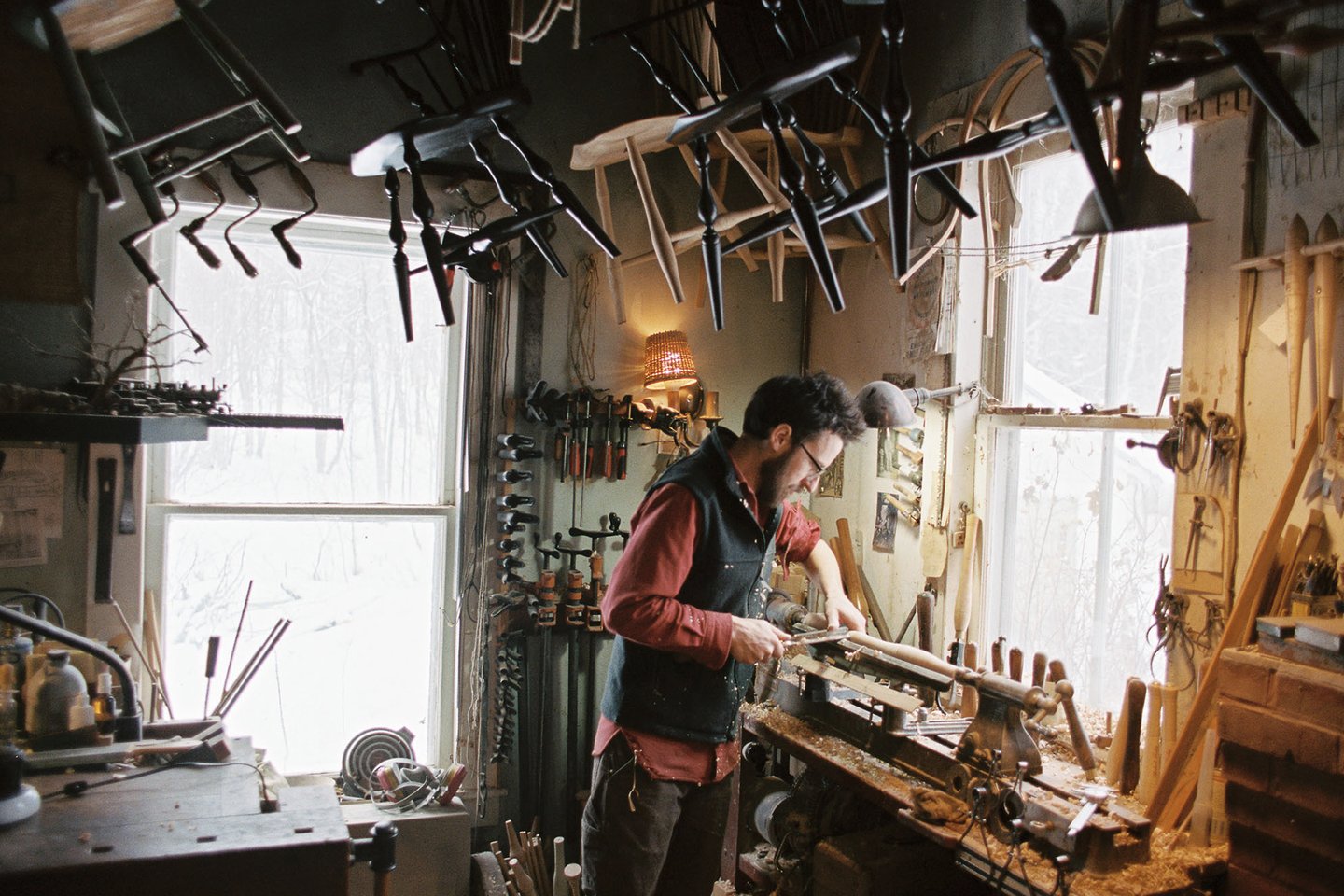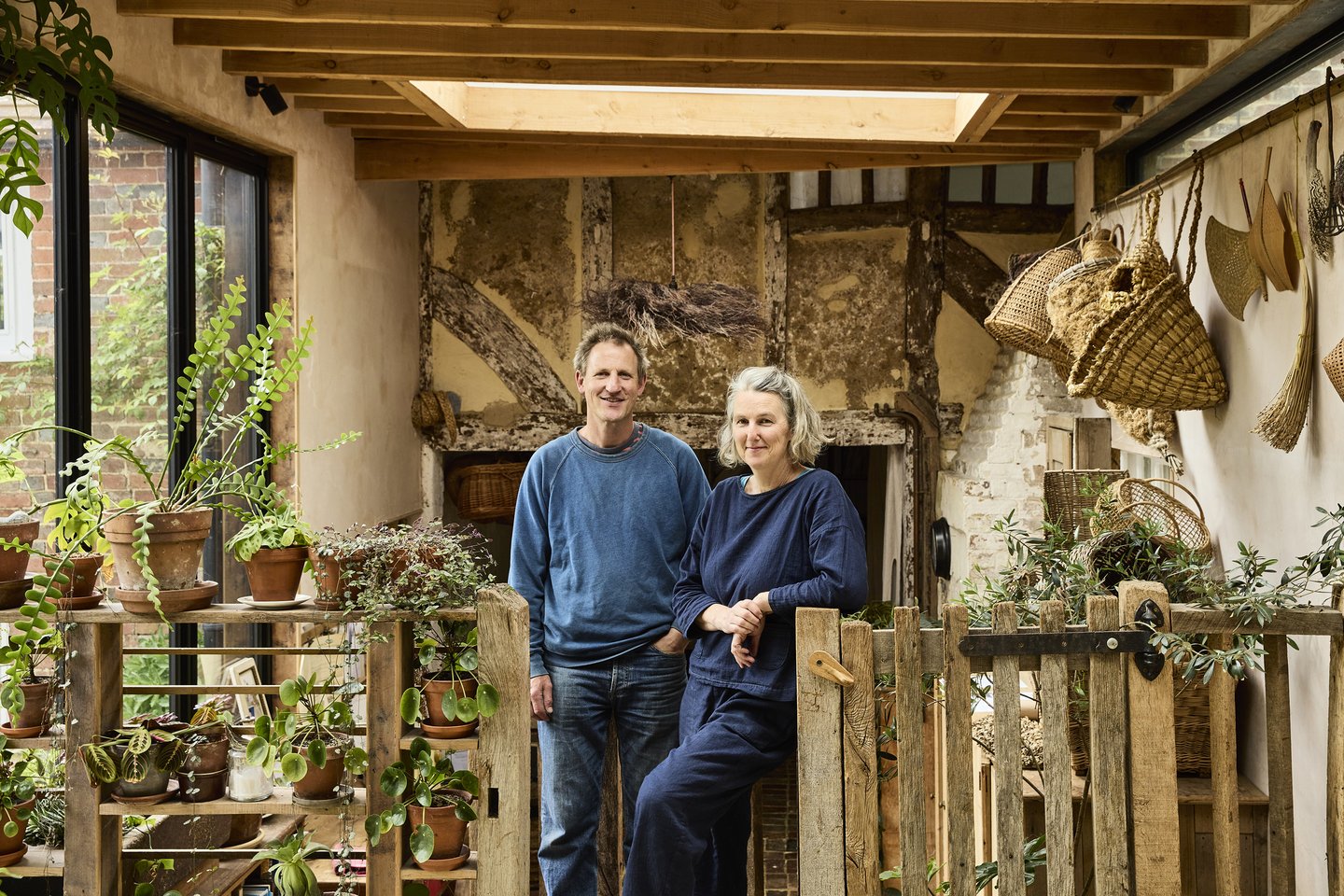
4 min read
Zanat: Preserving a Woodcarving Legacy
By reviving Bosnia’s age-old woodcarving traditions, Zanat preserves cultural heritage through exquisite craftsmanship.

2 min read
Discover WLLW’s most inspiring articles on the artisans, materials and heritage that define contemporary craft.
In our round-up of articles devoted to craft, WLLW looks back at our exploration of the cultural roots and sustainable practices that shape artisanal work. From the provenance of materials to Pretziada’s revival of Sardinian traditions, the importance of makers’ communities, Sawyer Made’s legacy furniture and Studio Amos’s connection to nature, each article reveals how artisans honor heritage while blending traditional methods with sustainability. We celebrate the artistry, cultural depth and environmental mindfulness at the heart of today’s craft movement.

Craft materials like linen, wool, jute and hemp carry rich cultural histories. Linen has roots in ancient Egypt, prized for its durability, while alpaca wool in Peru reflects Andean cultural motifs. This article travels the world through materials, highlighting how using responsibly sourced, renewable materials supports the preservation of traditional techniques while reducing environmental impact. This aligns with today’s broader movement toward ethical, sustainable craftsmanship.

In this article we speak to Kyre Chenven and Ivano Atzori, founders of Pretziada, about how they left city life for Sardinia. There they collaborate with local artisans to produce unique, high-end pieces reflecting the island’s rich heritage. Their work spans traditional Sardinian artisanship, from wall cabinets to woven carpets, often using local materials like marble and cork. They also run artist residencies, connecting international creatives to Sardinian workshops, breathing new life into local craft and preserving the island’s agropastoral traditions.

WLLW fosters a community that values health, sustainability, and beauty in design. This article, written by founder, Lisa Sternfeld, highlights how, in a world inundated with throwaway practices and wasteful consumption, we at WLLW strive to encourage circularity and awareness of our impact on people and our planet. From furniture to textiles, our platform shines a light on artisans dedicated to responsibly sourced materials and traditional techniques, advocating for mindful consumption and a design philosophy that celebrates aesthetics as well as physical and environmental health.

In the heart of Vermont, George Sawyer of Sawyer Made carries forward his family’s Windsor chairmaking legacy with a modern touch. Working with locally sourced greenwood, Sawyer crafts each chair to adapt naturally with the seasons, infusing Shaker and mid-century aesthetics into his designs. Built within a 20-mile radius of his workshop, these heirloom pieces are finished with low-VOC natural oils, merging sustainability with timeless artistry for a lasting impact. In this article we speak to George Sawyer about his woodworking heritage, techniques and ongoing innovations.

Annemarie O'Sullivan and Tom McWalter of Studio Amos create woven furniture and baskets in England, working with willow they grow and harvest on nearby land. Inspired by ancient British and Irish weaving traditions, their process follows the rhythms of nature. Each piece, crafted from locally sourced materials, embodies a respect for heritage and environmental stewardship, capturing the natural movement of the land. In this article we were fortunate enough to be invited to their workshop to witness the beauty of basketry in action.
Feature Image: Baskets by Studio Amos, photo courtesy of Petr Krejci
Photography: International Fibre Organization, Studio Bulbo, Petr Krejci, Sawyer Made


4 min read
By reviving Bosnia’s age-old woodcarving traditions, Zanat preserves cultural heritage through exquisite craftsmanship.

3 min read
Wycliffe Stutchbury transforms discarded wood into art that evokes landscapes and abstract forms. WLLW joined him for a conversation about his creative process and deep connection to his materials.